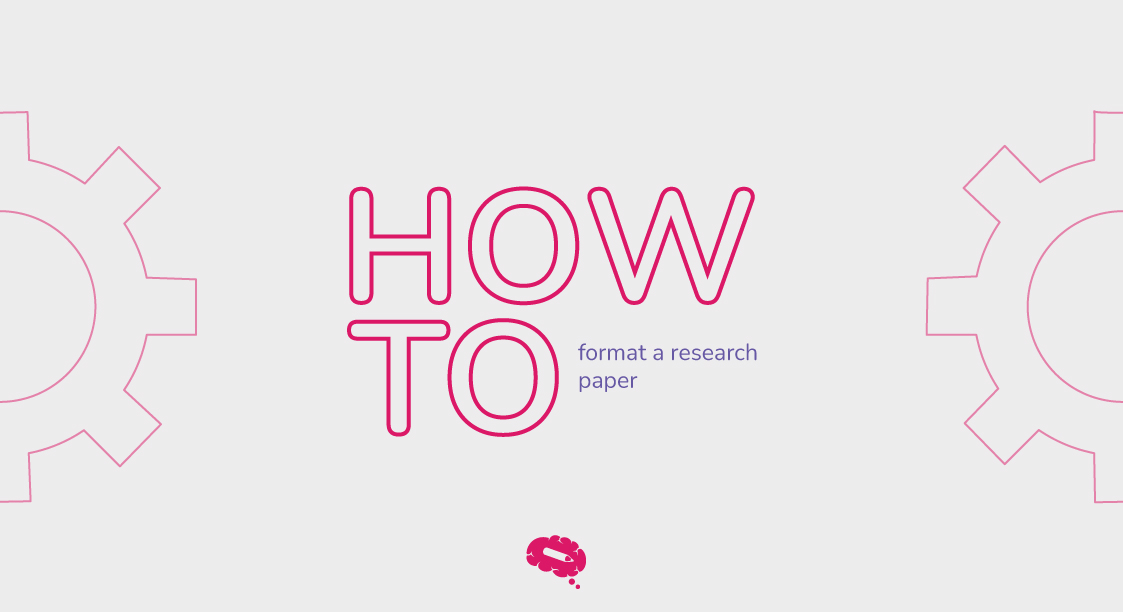Imagine yourself in a cooking competition and you made a delightful gourmet dish, all your efforts blended in with the spices and the aroma spreading around the kitchen. You beam with pride that you made the best dish of your life but fail to recognize that you haven’t presented it well and your opponents win the competition. It’s because in the end, not only the dish, even the presentation matters for you to stand out from the crowd.
A thesis conclusion is something similar to that where a researcher summarizes his work and puts in references for future studies. It is the ending note or a type of presentation, like our above example, that is really important as this distinguishes an average research paper from an outstanding one.
In this article, we are going to learn about the thesis conclusion, how to write it, examples of a good thesis conclusion, and things to avoid while writing one.
What exactly is meant by Thesis Conclusion?
A thesis conclusion, which summarizes the findings and offers suggestions for further research, is an important part of a research report. It is a chance for the author to make an impact on the reader and highlight the importance of their research.
The most important facts should be highlighted in a well-structured, succinct conclusion. Along with addressing the study’s shortcomings and outlining its wider implications, the thesis conclusion should also offer doable and realistic recommendations for further research.
Good conclusions avoid typical errors including overgeneralizing, repeating information and introducing new information. They should be distinct and clear in their writing, utilize powerful and persuasive language, and make the conclusion stand out.
Though writing a thesis conclusion is a daunting task, it is an essential part of your research as the conclusion is where you bring together all the fine threads of research work that you did for your paper, and presenting it in a unique yet simple manner is where the challenge lies. Therefore, it is important for every researcher to know the prominence of a thesis conclusion and how to write an effective one.
How long should a Thesis Conclusion be?
The length of a thesis conclusion can vary from researcher to researcher but basically, it depends on the discipline, the detailed requirements of the written thesis, and the content that has to be included in order to make it stand apart. However, as a general guideline, a thesis conclusion should be about 5-10% of the total word count of the thesis. For example, if your thesis is 10,000 words long, your conclusion should be around 500-1000 words.
It’s important to keep in mind that the conclusion should be crisp and should solely focus on summarizing and interpreting the key findings and contributions of the research rather than focusing on the word count and extending it unnecessarily.
It’s also essential to check with your academic supervisor or department chief to know the guidelines that are being followed at your University to see if they have specific requirements or recommendations for the length of the conclusion.

Things to Avoid in the Thesis Conclusion
When writing a thesis conclusion, it’s important to avoid certain mistakes that one may tend to make which can impact your overall work. Here are some things to avoid in your thesis conclusion:
New Information
Don’t introduce new information that hasn’t been discussed in the main body of your thesis. The conclusion should summarize and reiterate the main points of your thesis, not introduce new ones.
Unsubstantiated Claims
Avoid making statements that can’t be backed up with evidence from your research. Your conclusion should be based on the findings and analysis presented in your thesis.
Avoid Generalizations
Be specific in your conclusions and avoid making broad generalizations that aren’t supported by your research. Your conclusion should reflect the nuances and complexities of your research.
Avoid Personal Opinions
Your thesis should be based on the objectives of the research and its analysis, so avoid injecting your personal opinions into the conclusion.
No Apologies
Don’t apologize for any shortcomings or limitations of your research. Instead, focus on the strengths and contributions of your work.
Redundancy
While it’s important to summarize your key findings and conclusions, avoid simply repeating what you’ve already said in the main body of your thesis. Instead, highlight the main takeaways and implications of your research.
Ambiguity
Make sure your conclusions are clear and unambiguous. Avoid using vague or imprecise language that can be interpreted in different ways.
6 Steps to Write an Effective Thesis
Composing a thesis conclusion is an essential step in the research process. It should include a final assessment of your work and a summary of the key aspects of your research. The procedures for writing a thesis conclusion are as follows:
- Restate the thesis: Reinforce your thesis at the beginning of your conclusion. This will serve to remind your reader of the key point or inquiry you were trying to answer.
- Summarize your research points: Briefly summarize your research’s primary ideas by writing a few phrases. The main conclusions, findings, or justifications from your thesis should be included here.
- Interpreting the outcomes: In light of your research question and thesis statement, interpret the findings of your study. Describe what your study adds to the field and its consequences.
- Discuss the study limitations: Distinguish any limitations you may be aware of. Recognize any problems or restrictions in your research and offer solutions for future research.
- Make suggestions: Based on your findings, suggest more research or policy implications. Describe how your research can advance the industry and impact daily practice.
- Finish with a powerful statement: Make a strong remark at the end of your conclusion to highlight the importance of your study. This can be a concluding thought or a call to action that leaves an impact on your reader.
Examples of Thesis Conclusion:
Here are a few examples of thesis conclusions to help give you an idea of what they might look like:
Example 1
In conclusion, our study has shown that there is a direct link between physical activity and better mental health in people. The findings suggest that regular exercise can enhance general well-being by easing the symptoms of anxiety and despair. However, much more research is needed in this area to understand the mechanisms underlying this link completely. Future research should concentrate on examining the long-term impact of physical activity on mental health and creating efficient treatments for those with mental health problems.
Example 2
To summarize, this thesis investigated the connection between teenage females’ use of social media and body image dissatisfaction. The results indicate that being exposed to idealized photos on social media may have a negative effect on one’s perception of one’s physique, resulting in higher degrees of discontent and lower levels of self-esteem. It’s crucial to remember that social media can also be a potent instrument for encouraging a good perception of one’s body and self-acceptance. Future studies should concentrate on discovering efficient social media marketing tactics that will encourage body positivity and lessen detrimental effects on body image.
Example 3
In conclusion, this study determined whether mindfulness-based therapies could help college students with their stress and anxiety symptoms. The findings imply that mindfulness training can be useful for this population’s stress management and mental health enhancement. Future research should concentrate on examining the long-term impacts of mindfulness instruction and coming up with solutions to increase the accessibility of these interventions for individuals who need them.
These are some of the examples of thesis conclusions made using the steps mentioned above. These examples help you frame an appropriate thesis conclusion and present it in a way that justifies the research.
On an endnote, crafting a thesis conclusion includes giving your research findings serious thought, reflecting critically on your own work, and summarizing your main ideas in a clear, straightforward manner. These components will help you create an engaging conclusion that will leave a long-lasting impression on your reader.
Make scientifically accurate infographics in minutes
As a scientist, you might be in a plight to amplify your research work and make it presentable for your readers. But did you know, not just the depth of your research and data can work wonders? Readers love to visualize the content and skim through the concepts and this can be made possible when you sign up for Mind the Graph. The library of scientifically accurate science figures is present across topics and can be accessed in minutes, enriching the quality of your research paper.

Subscribe to our newsletter
Exclusive high quality content about effective visual
communication in science.





